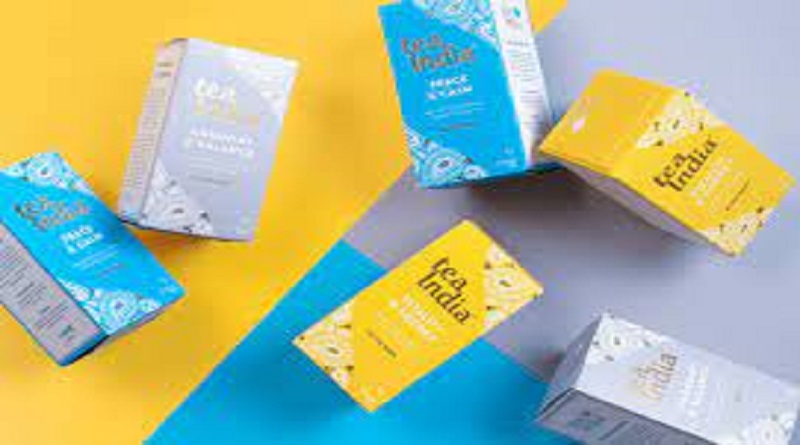Custom food flags have gained a permanent position in the fields of food presentation, marketing, and customer communication. Labeling food choices, promoting brands, and dressing party trays are just a few of the little yet powerful items that go beyond the visual effect; they also have to pass the health, safety, and legal standards. Not meeting regulations related to printing and material may result in cases of recalls, fines, or damage to brand reputation.
In order to remain competitive in the food service industry, there is a need to be familiar with the regulations that affect the formulation and use of custom food flags. In this article, the author presents eight main rules that influence design, distribution, and so on.
FDA Food Contact Compliance
The aspect of mini food flags that will come in contact with food should be conducive to the FDA recommendations in regard to food safety. This is in terms of the ink used, the adhesive, and the paper or plastic in the flag. The materials should not be able to release tad chemicals or substances into the food, particularly when it is used in a moist condition or an oily situation. To prevent any regulatory problems and guarantee food safety to consumers, manufacturers should make their products certified to be in direct/indirect contact with food.
Safety Standards Ink
The inks that have been used in the printed food flags have to be non-toxic, not containing any heavy metals or toxic solvents. The laws usually stipulate the use of food-grade or soy inks, especially where there is the possibility that the flag may come in contact with food directly. This is essential when it comes to mini food flags or flag toothpicks that stick in tiny bites. Make sure to ensure that your supplier also observes safe printing as directed by the FDA and the EU.
Sustainability and Natural Biodegradation
As the environmental legislation grows in force, environmentally friendly options have found a way to their way to custom toothpick flags: eco-friendly materials used in fabrication can be recyclable or biodegradable, which is either welcome or a necessity in more environmentally sensitive areas. Other nations or even provinces have banned single-use plastics, so wooden sticks and compostable paper would be a good alternative. The selection of sustainable materials can help you not only to comply with the requirements but also promote the green image of your brand among customers.
Labeling of Allergen and Language
Labeling regulations apply to the fast food flags that have ingredients or signs to show dietary restrictions (such as vegan, gluten-free, or contains nuts). These labels are supposed to be legible, correct, and printed in the local language(s) in most jurisdictions. The false or misleading information may even lead to lawsuits or health hazards for consumers prone to allergies. A label that is done correctly adds transparency and trust among the customers.
Country of Origin Rules
There are places where the rules are operative that make it compulsory to declare the country of origin of food flags being sold. In case you are importing personalized toothpicks or custom food flags, it will be necessary to indicate where the product has been made. Non-compliance may result in delays at customs, fines, or the prohibition of products. By marking where necessary with the inscription Made in [Country], transparency will be achieved and the avoidance of regulatory red tape.
Choking Hazards and Child Safety
Particularly pertinent to party food flags, rules concerning choking hazards are relevant in the instance that the product is potentially within the reach of children. The tiny elements or accessories on flags should also be tested for their safety in case they are swallowed accidentally. This is particularly essential in food substances that are offered at family-focused events that are stored in packages that are tailored to children. The flags have to be fastened on a toothpick strongly and not break easily.
Packaging and Hygiene Standards
manners in which toothpick flags of food are packed, as well as how they are handled or treated before being given out, also attract the scrutiny of the regulation. The manufacturers should ensure that there is hygiene in the production plants and that the packaging prevents contamination. In most areas, legal, food-safe certifications (such as ISO 22000 or HACCP certification) are necessary to be legal and safe. It is a wise and essential action to make your suppliers comply with such protocols.
Problems of Intellectual Property
Whether logos or branding are used on custom coasters (or in this case, food flags), their use is subject to permission where there are copyrighted or trademarked images in the design. In the process of developing Custom wax papers for clients or events,t ake care of to violate intellectual property laws. Get written authorization for the F f for logo or any slogan usage. Contravention may cause expensive litigation and credibility.
Conclusion
Custom food flags are a big responsibility in brand communication, food safety, and customer connections. Whether you work on the safety of the ink or compliance of the material, intellectual property, or the effects of your practice on the environment, I, personally, want to have these eight main regulations in my radar so that my food flags are appealing to the eye as well as to the law.
Using the suppliers who have certificates paying closeseh attention to the laws, both local and in retatil, protection your business and makes your reputation a bit better. Applied correctly, printed food flags will be more than a decoration and will become the instruments of trust, professionalisms, and obedience.




